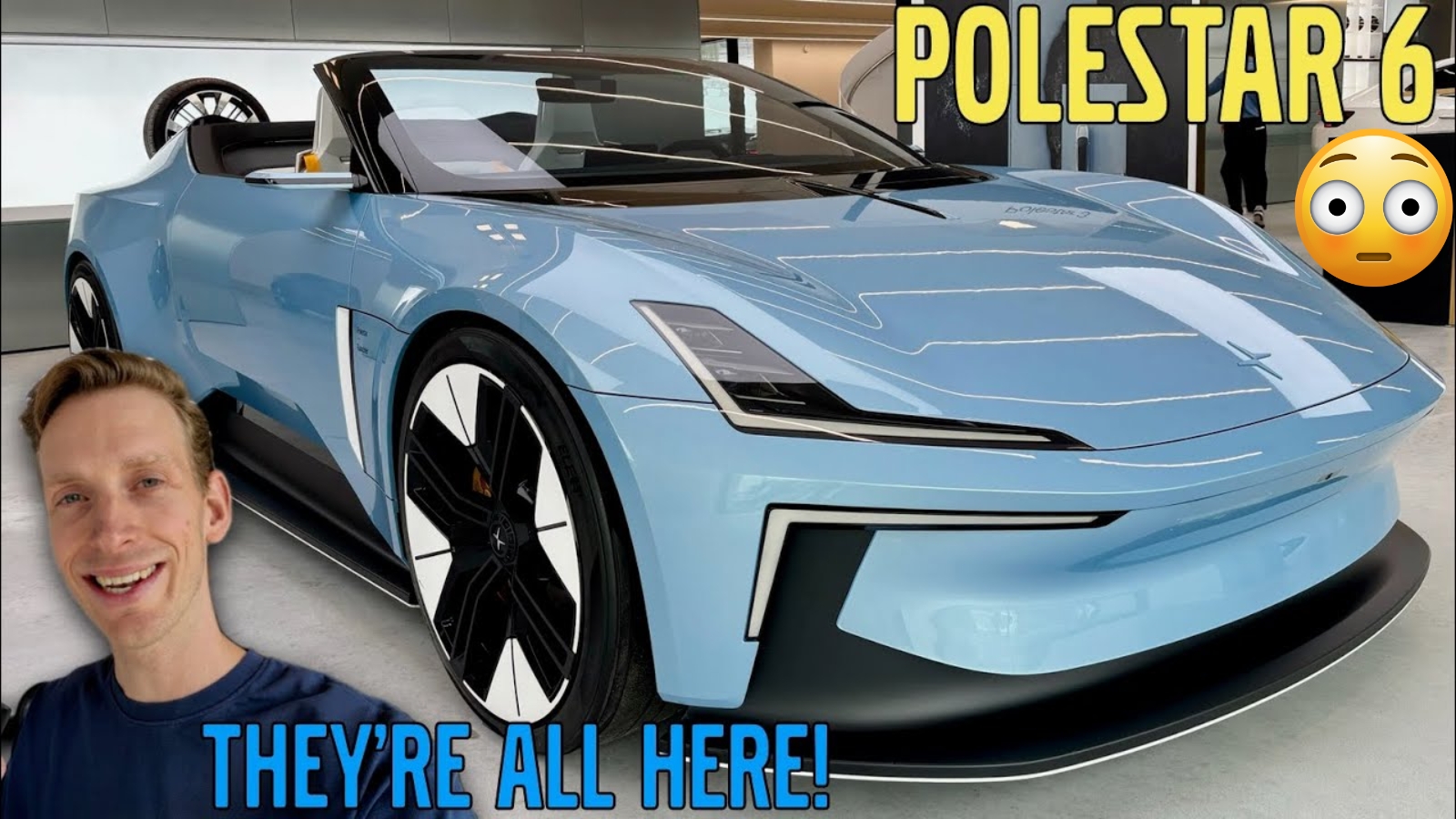Australian car buyers might soon get some welcome relief in their wallets. Polestar’s Australian chief is leading renewed efforts to convince the government to dump the controversial Luxury Car Tax, a move that could save buyers thousands of dollars on their next vehicle purchase.
What’s Behind Polestar’s Campaign Against the Tax
Samson Maynard, Polestar’s Australian boss, isn’t mincing words about the current tax system. Speaking to industry media, he pointed out something many Australians have been thinking: “We don’t have a local car industry to protect anymore, so why are we still paying this tax?”
The Swedish electric vehicle brand has been vocal about the issue, with Maynard highlighting the obvious inconsistency in the system. “You don’t see a luxury boat tax or luxury house tax, so it just doesn’t make sense,” he explained. His argument resonates with many industry observers who question why cars are singled out for this additional tax burden.

How Australia’s Luxury Car Tax Actually Works
The Luxury Car Tax hits Australian buyers with a hefty 33% penalty on any part of a vehicle’s price that exceeds specific thresholds. For most cars, that threshold sits at $80,576, but “fuel-efficient” vehicles get a slightly higher break point of $91,387.
Here’s where it gets interesting – and frustrating for many buyers. The tax was originally designed to protect Australia’s local car manufacturing industry, which officially ended in 2017 when the last Holden rolled off the production line. Yet the tax remains, generating around $1.2 billion annually for government coffers.
Current Luxury Car Tax Structure
| Vehicle Type | Tax Threshold |
|---|---|
| Standard vehicles | $80,576 |
| Fuel-efficient vehicles (under 7L/100km) | $91,387 |
The tax applies a 33% rate on every dollar above these thresholds, and dealers typically pass this cost directly to consumers through higher retail prices.
The Loophole That’s Driving Buyers to Bigger Cars
Here’s where the system gets really messy. Large utes and SUVs often escape the tax entirely because they’re classified as “light commercial vehicles” – even when families buy them purely for personal use. This loophole has inadvertently pushed Australian buyers toward larger, more expensive vehicles to avoid the tax.
University of Melbourne expert Professor Milad Haghani describes this as one of the biggest incentives for people to “go big and buy big cars.” The result? Australian taxpayers are effectively subsidizing the purchase of massive American-style utes, many of which never see a construction site or farm.
The Australian Institute calculated this loophole costs taxpayers about $250 million annually – money that could be better spent on actual public services.
Why Change Might Finally Be Coming
The political winds seem to be shifting. Prime Minister Anthony Albanese’s government is reportedly considering scrapping the tax as part of trade negotiations with the European Union. The EU has been pushing for the tax’s removal for years, and with global trade tensions rising, Australia might finally be ready to make this concession.
Trade Deal Implications
Reports suggest the government is “prepared to dump the tax” in exchange for better access for Australian agricultural exports to European markets. Given that European car brands contribute around 40% of the total luxury car tax revenue ($480 million annually), this would be a significant win for EU manufacturers.
What This Means for Australian Car Buyers
If the tax disappears, the savings could be substantial. Maynard has made it clear that Polestar wouldn’t pocket the difference – they’d pass the savings directly to consumers. “If the tax gets removed, we don’t absorb that, we pass it on,” he stated.
This isn’t just about expensive European cars either. The tax now affects many mainstream models due to inflation, including popular family vehicles like the Toyota Prado and Hyundai Palisade.
Industry Support Growing
Polestar isn’t alone in this fight. The Australian Automotive Dealer Association, the Federal Chamber of Automotive Industries, and the Australian Automobile Association all support removing the tax. Even manufacturers who would benefit less than premium European brands recognize the system no longer serves its original purpose.
The Path Forward
While change seems more likely than ever, the government faces the challenge of replacing $1.2 billion in annual revenue. Options being discussed include road user charges based on distance traveled, which could provide a more equitable way to fund road infrastructure maintenance.
The government is also reportedly considering a gradual phase-out rather than an immediate removal, partly to avoid sudden impacts on vehicle resale values in the second-hand market.
Frequently Asked Questions
Q: When might the luxury car tax be removed?
A: No official timeline exists, but removal could happen as part of ongoing EU trade negotiations.
Q: Which cars currently avoid the tax?
A: Most utes and SUVs classified as light commercial vehicles are exempt, regardless of their actual use.
Q: Will prices definitely drop if the tax is scrapped?
A: Major manufacturers like Polestar have committed to passing savings directly to consumers rather than increasing profit margins.
2025 Jeep Wrangler Lineup Trimmed with Lower Prices and Options
